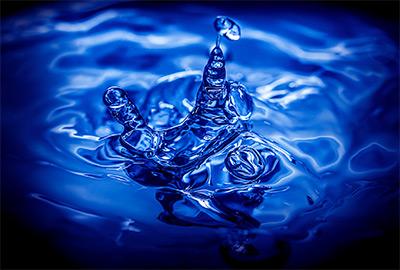In a recent meandering conversation I had with my freshwater-pond-keeping brother-in-law, the question of water change volume and frequency was raised—specifically whether it’s stressful to the livestock if you perform them too frequently or change out too much water at once. My take on the question is that when it comes to water changes, the more, the merrier (within reason). With that said, I do need to qualify this position with a few important caveats.
Before I do, however, I should emphasize that this post is actually a thinly veiled attempt to get readers to join the conversation on the topic, so if you have any insights to share, please do so in the comment section below.
Anyhow, getting back to my caveats:
The parameters must match
With our beloved reef organisms hailing from one of the most stable environments on earth, it’s critical to avoid subjecting them to precipitous fluctuations in water parameters. Frequent water changes won’t be a source of stress if you’re always careful to match the temperature, salinity, pH, alkalinity, etc. of your replacement water to that of your display tank.
You’ve aged the replacement water
Of course, in order to ensure the parameters of your replacement water are a good match, it’s important to mix it up at least a day ahead of time, keep it circulating with a submersible pump or bubbling airstone, and heat it to the appropriate temperature. Don’t just mix up a bucketful of salt water and dump it into your tank. It takes a little time and vigorous water circulation to completely dissolve the sea salt and get all the parameters stabilized. It’s not uncommon to get slightly different measurements that need to be tweaked the following day.
You’ve controlled for tap-water impurities
Performing frequent water changes to reduce dissolved pollutants is counterproductive if you’re using unpurified tap water that contains a significant level of nitrate, phosphate, or some other contaminant to mix your replacement water. The obvious remedy here is to purify your source water via RO/DI before using it to mix salt water.
You’re not too disruptive
The simple act of siphoning or pumping water out of your tank and replacing it with clean water won’t bother your livestock to any significant degree. However, activities like vacuuming the substrate, rearranging rockwork, scraping algae, or otherwise tinkering around in the tank can be stressful if done too frequently. You don’t have to tackle these chores every time you perform a water change.
What about disrupting the biofilter with too-frequent water changes? Isn’t that a potential issue?
Remember, beneficial nitrifying bacteria colonize porous rock and other hard surfaces in the tank that are exposed to oxygen-rich water. You’re not going to reduce these colonies to any appreciable extent by siphoning out and replacing water.



